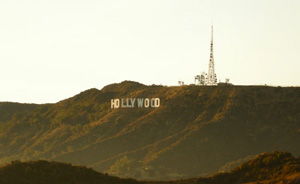Camera shots
Extreme Long Shot
Often used as an establishing shot, the extreme long shot is normally used to shows an exterior e.g a landscape or an outside of a building. there will be very little detail visible in the shot, it's meant to give a general impression rather than specific information.
Long shot
long shots are simular to extreme long shots but they are much more specific and detailed, therefore giving the audience a better idea of the setting. normally shots the setting and surroundings with the whole characters body.
Mid shot
This shot shows a character from the waist and above, is normally used for dialogue scenes or show detail of an action. Variations of this shot are know as a two shot which includes two people in the shot from the waist up or the three shot which contains three from the waist up. any more than this the shot tends to become a long shot as it is quite a distance away to allow the view of all characters.
Close-up
Close-ups contain only the characters face, this allows the audience to see the characters facial expression and emotions, to allow them to feel empathy for the character.
Extreme Close-up
Extreme close-ups normally will only show one part of the characters face and is normally come across in a thriller or horror movie as it normally helps to build tension and suspense given in different circumstances. as it shows characters emotions and gives in great detail what they are feeling.
Over the shoulder shot
This shot is shown from over one characters shoulder over looking another. this shot is normally used to show the difference between a character which is superior or inferior. for example the person on whoms back or shoulder we see would suggest to the audience that they are superior as they would take up most of the shot.
Camera Angles
Camera angles are often thought to be shots but they are not the same thing. Camera shots are used to show the setting and emotions or themes of a scene. when camera angles are used in film to position the viewer in order for them to understand to relationships between different characters.
High Angle
High angle shots look down upon a character/subject, normally used to show that they are inferior, weak or small as if someone was looking down onto them.
Low Angle
Low angles look up on a character/subject in a film. it is the opposite to what a high angle is used for and it is to show that a character is superior, strong status and puts across that they own this shot/angle.
Camera Movement
Camera movement is the main part of the film, it gives it meaning
Panning
Panning is normally used to show a large area (set the scene) and give its meaning.
Tracking shots use tracks to move and are mostly used when following a character into a room or if they are pulling away in a car.
Here's an example of a series of panning and tracking shots.








No comments:
Post a Comment